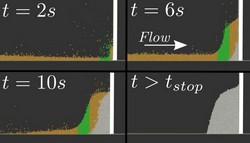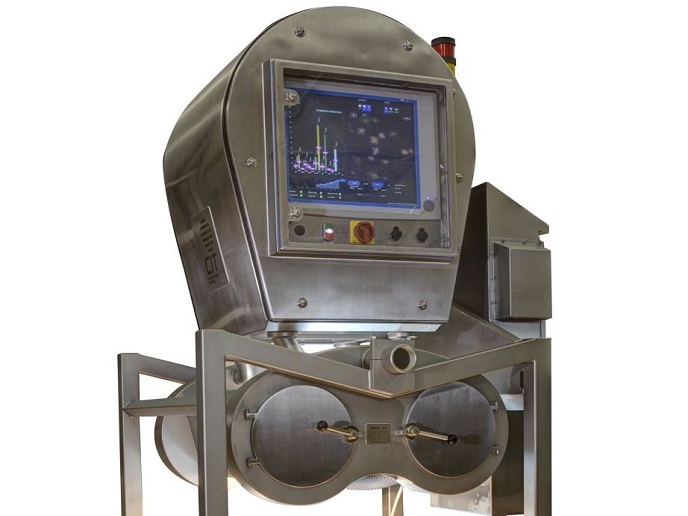The effects of avalanches
Avalanches pose serious danger to individuals caught in them, as well as to commercial land usage and to mountain infrastructure. Accurately predicting avalanche flow requires a deeper understanding of the properties of grains, also the mechanisms at work. The EU-funded GRAINPACT(opens in new window) (Polydisperse granular avalanche impact on civil engineering structures) project studied the flow of avalanche particles. The study examined how avalanches flow around obstacles, and the forces that such flows produce. The purposes were to assist engineers in designing structures appropriately and to assess the vulnerability of existing structures. Investigations employed a mix of simulations and experimental observations. The team designed a new granular chute, which enabled study of standing granular jumps (laboratory avalanches). Researchers thus developed new theories and equations, which described the jumps over a wide range of conditions. The results were applicable to study of granular or water flows, also to the design of avalanche protection dams and dissipative structures in hydraulics. Workers reviewed the forces avalanche flows exert upon stationary objects. The resulting depth-averaged hydrodynamical description explained the forces observed. The team successfully applied the model to well-documented historical French and Swiss avalanches. A revised version of the depth-averaged solution described the effect of avalanches on walls. The GRAINPACT project's insights illustrated the effect of avalanches on walls and other obstacles. The work yielded new guidelines for the design of alpine infrastructure.







